High points in Philippine industrial design, architecture in the last 50 years
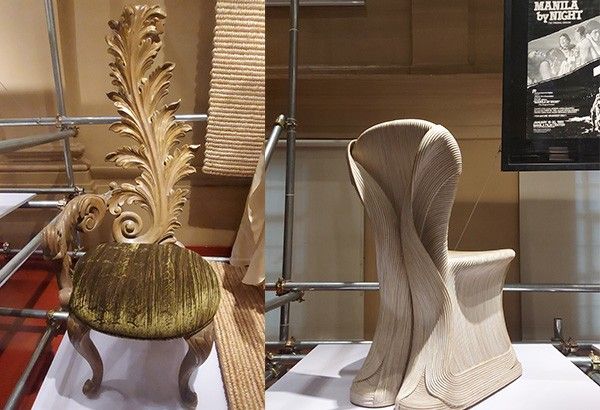
MANILA, Philippines — In celebration of its golden jubilee, the Design Center of the Philippines recently opened “Art x Design: A Special Reception of the 50 Years of Philippine Design and Beyond” exhibition in National Museum of Fine Arts with President Ferdinand “Bongbong” Marcos Jr. as guest speaker.
Among those included in the exhibit are works by some of the country’s top industrial designers and architects whose works were identified by exhibit curator Marian Pastor Roces as among the high points in Philippine design in the past 50 years.
Here are some of the women and men who helped shape Philippine industrial design and architecture, as can be seen in the exhibit that is on-view for free until April:
1. Francisco Mañosa’s bahay-kubo inspired LRT station terminals
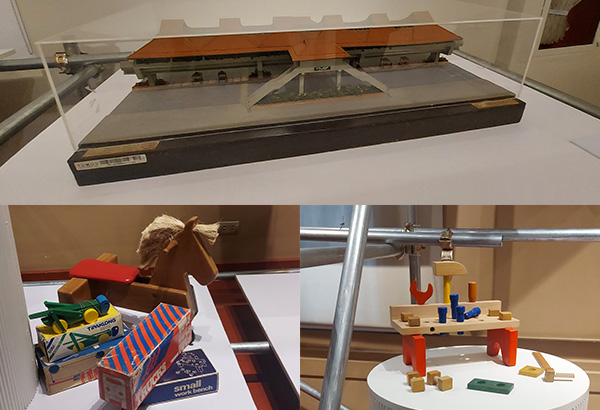
Francisco "Bobby" Mañosa, National Artist for Architecture and Allied Arts, has been best known for his designs inspired by the Filipino bahay kubo, such as his design for Light Rail Train (LRT) stations, as well as his use of indigenous materials, as seen in his more famous work, the Coconut Palace.
Before he became an acclaimed architect, though, Mañosa made toys made of Philippine wood and were inspired by Filipino references like Tikbalang. The toys were initially made for his children, but copies were also made commercially available as “Bobi Toys.”
“You can see that the young Mañosa was not having a conversation with plastic toys. Clearly, he wanted some alternative to the deluge of plastic toys,” Roces said of Mañosa’s wooden toys on display at the exhibit.
2. Al De Lange’s chair
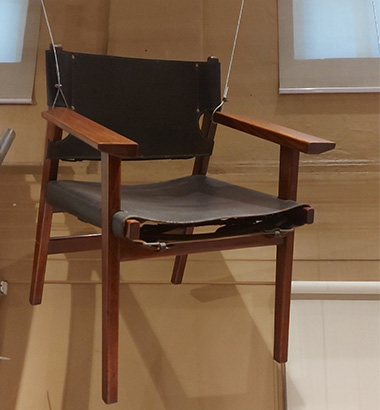
Al De Lange, the Design Center’s founding director, is also the Philippines’ first ever industrial designer.
The founder of furniture brand Designs Ligna, De Lange experimented on interweaving international style with indigenous looks and materials like narra. From the ‘70s to today, the impact of the indigenized international style he pioneered has been profound, said Roces, making De Lange standout from the likes of Bauhaus, which was dealing with metal, the aesthetic of technology.
3. Arthur Edwards’ bent rattan chair with no nails

According to the Design Center, the use of laminated rattan poles in the “Bella” chair was a new direction in its time when the chair was first produced in 1984. Although cosmopolitan in its form, the chair is “very Filipino” in its lines, Roces noted.
4. Jon Pettyjohn’s first ever pottery

Jon Pettyjohn, said Roces, remains as the country’s premier studio potter. Together with his wife Tessy, they are considered as among the pioneers of Philippine contemporary ceramics.
5. Larry Cruz’s Café Adriatico
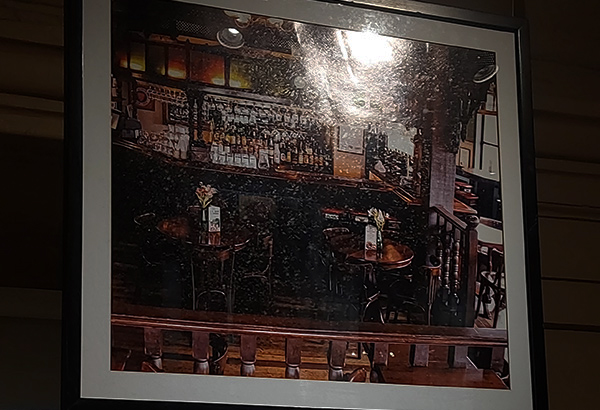
Filipino restaurateur Larry Cruz’s Café Adriatico in Malate, Manila is the very first example of creating a new design from old furniture and other parts salvaged from old houses, said Roces.
According to her, before Café Adriatico, it was uncommon practice to recycle old houses’ parts and to include them in making a new house.
“It became a thing – getting old parts of houses – and it’s still a thing,” she affirmed.
6. Budji Layug’s chair
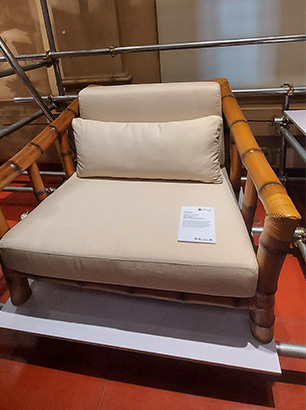
Before he became one of the country’s premier furniture makers, Budji was first known as “Budjiwara,” the star hairdresser of the ‘70s who trained under legendary British hairstylist Vidal Sassoon.
Budji was so famous he has been immortalized in the pop song “Bongga Ka Day” ("Buhok mo'y Budji, talampaka'y Gucci").
When he went to Nasugbu, Batangas, Budji got enticed by the fishermen’s process of making boats, specifically, the bending of the whole bamboo, and this inspired him to duplicate the process and apply it in making furniture.
7. Betty and Kenneth Cobonpue

Families play a big role in the continuing of the country’s design tradition, said Roces.
Hence, before Kenneth became all the rage in Hollywood for his furniture, his mom Betty’s bent rattan chair had been big in the export market for many decades.
“You can see that a man named Kenneth Cobonpue lived in the factory. That’s how we produced our designers in the past 50 years. They grew up in their parents’ factories,” Roces noted.
8. Movement 8

Instead of trying to compete with China’s mass production prowess, the Philippines responded by sending to the world eight of its best designers as arts, culture and design ambassadors.
In 1999, Layug launched Movement 8 together with fellow Filipino furniture and product designers Kenneth Cobonpue, Milo Naval, Tes Pasola, Ann Pamintuan, Carlo Cordaro, Luisa Robinson, Al Caronan, Tony Gonzales and Renato Vidal.
These individually globally-acclaimed geniuses form a part of the country’s attempt to penetrate the markets abroad with superstar designers, said Roces.
“Because we cannot compete with China making one million chopsticks with anonymous makers, so ang panlaban natin are the rock star designers,” she enthused.
9. Napoleon Abueva
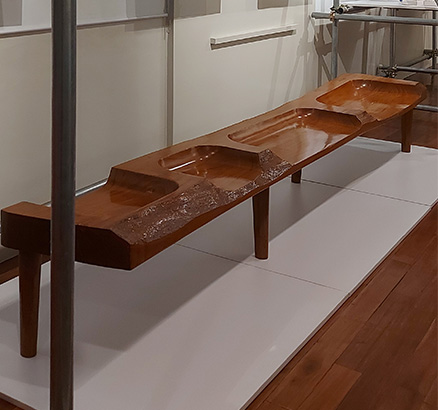
The National Artist applied his sculpture mastery into narra benches with “a Filipino deadpan wit,” said the Design Center. He used to sculpt chairs and tables as often as he created sculptures that dot the Philippine urban landscape, and in the process, straddled in the boundaries of art and design.
10. Schema lanterns

Schema is a mother-and-son initiative by Celia Jiao, who used to be successful at exporting Christmas decorations. That was the time, said Roces, when the Philippines used to be the leading exporter of Christmas decors in the world.
But when China came to the picture and became the global leader in mass production, including Christmas decorations, Jiao and her family went bankrupt and needed to shut down operations.
Unwilling to let go of their skilled artisans, Jiao and family pivoted from making Christmas decorations to turning common materials like electric wires into ingenious lamps known as “Luminaire.”
“Luminaire” has since become an international success and paved the way for Schema to produce other products and furniture in similar fashion.
From upcycling World War II jeeps into colorful jeepneys, to Schema’s success in shifting to furniture making, these designs, said Roces, are not only stories of Filipino creativity and ingenuity, but more so, resilience. — Video by Deni Rose M. Afinidad-Bernardo, video editing by Anjilica Andaya





















